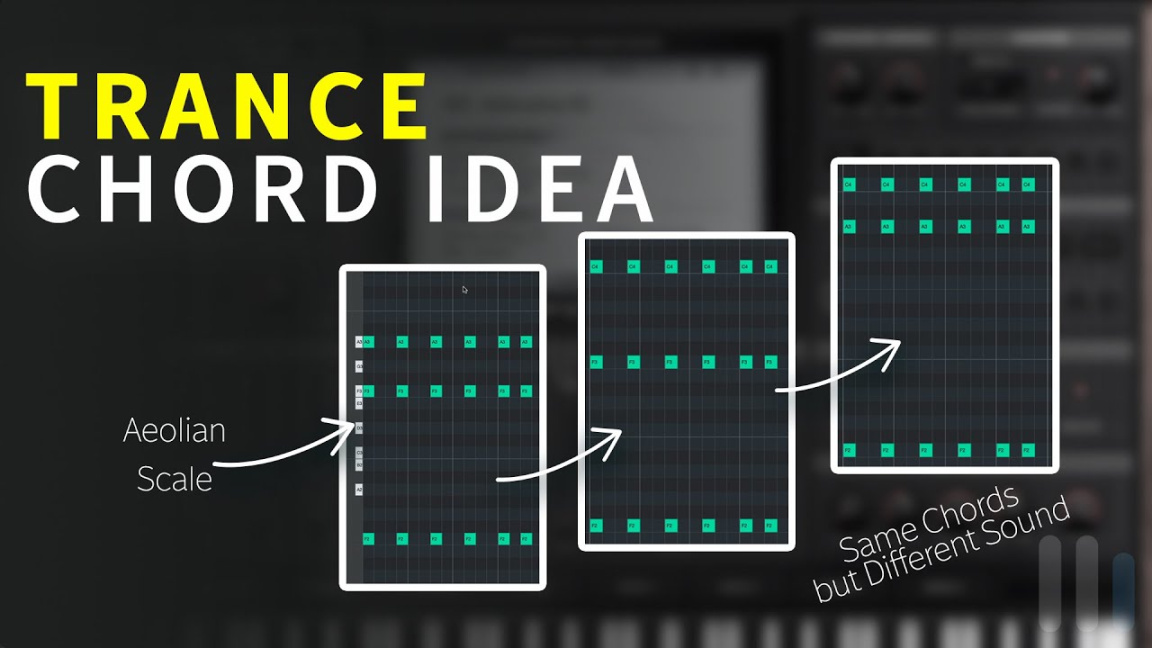Crafting Trance with Guitar Chords: A Deep Dive
So, you want to make some trance music with your guitar, huh? That’s a cool idea. Most people think of synths and electronic sounds when they hear “trance,” but guitars can totally bring that hypnotic feel too. It’s all about the chord progressions you use and how you play them. Let’s break it down.
Understanding the Basics of Trance Harmony
Trance music is all about creating a sense of movement and repetition. This is where chord progressions come in. You want chords that flow smoothly into each other, creating a kind of sonic loop. Think of it like a river flowing steadily. You don’t want any sudden stops or jarring changes.
A lot of trance music uses simple, repeating patterns. Think of chords like I-V-vi-IV (that’s C-G-Am-F in the key of C). These progressions are classic for a reason – they just work. They create a feeling of familiarity and comfort, which is perfect for that trancey vibe.
The Power of Minor Chords

Minor chords are your friends when it comes to trance. They add a touch of melancholy and mystery that’s perfect for creating that hypnotic atmosphere. Think about Am, Em, or Dm. These chords have a darker, more introspective sound that can really draw the listener in.
Try using progressions that emphasize minor chords. For example, Am-F-C-G or Em-C-G-D. These progressions have a bit more emotional depth and can create a sense of longing or yearning, which is a common element in trance music.
Repetition and Variation
Repetition is key. You want to create a loop that the listener can get lost in. But you also don’t want it to get boring. That’s where variation comes in.
Try adding small variations to your chord progressions. Maybe change the voicing of a chord or add a passing tone. You can also try changing the rhythm or strumming pattern. These small changes can keep the progression interesting without breaking the hypnotic flow.
Using Inversions
Inversions are a great way to add smoothness to your chord progressions. Instead of always playing the root note of a chord in the bass, try playing a different note. This can create a smoother transition between chords and add a bit of harmonic interest.
For example, instead of playing a C chord with C in the bass, try playing it with E in the bass (C/E) or G in the bass (C/G). These inversions can create a more fluid sound and make your progressions sound more sophisticated.
Adding Delay and Reverb
This isn’t about the chords themselves, but it’s crucial for the trance sound. Adding delay and reverb to your guitar can really enhance the hypnotic effect. Delay creates a sense of space and repetition, while reverb adds a lush, ambient quality.
Experiment with different delay and reverb settings to find the sound you like. Try using a long delay time with a lot of feedback to create a swirling, ethereal effect. Or use a subtle reverb to add a touch of warmth and depth.
Experimenting with Arpeggios
Instead of just strumming chords, try arpeggiating them. This means playing the notes of the chord one at a time. Arpeggios can add a sense of movement and fluidity to your progressions.
Try using a simple arpeggio pattern and repeating it over and over. You can also try adding variations to the arpeggio pattern to keep it interesting. This can create a mesmerizing, hypnotic effect.
Adding Subtle Melodies
You don’t have to just play chords. Try adding subtle melodies on top of your chord progressions. These melodies can add a layer of interest and depth to your music.
Keep the melodies simple and repetitive. Think of them as a kind of counterpoint to your chord progressions. You can also try using a delay or reverb on the melody to create a more ambient sound.
The Importance of Dynamics
Dynamics are all about the volume and intensity of your playing. Don’t just play everything at the same volume. Try varying the dynamics to create a sense of ebb and flow.
You can also try using a volume pedal to create smooth swells and fades. This can add a sense of movement and drama to your music. Dynamics are crucial for keeping the listener engaged, and they can really enhance the trance effect.
Focus on the Feel
Ultimately, creating trance music is about creating a feeling. Don’t get too caught up in the technical details. Just focus on creating a sound that you find hypnotic and mesmerizing. Let your intuition guide you. Experiment with different chord progressions, rhythms, and effects until you find something that feels right.
Conclusion
Creating trance music with guitar chord progressions is all about blending simplicity with subtle variations. It’s about finding those chord loops that draw the listener in and hold them there. By focusing on smooth transitions, minor chords, repetition, and the right effects, you can craft hypnotic soundscapes that take your listeners on a journey. Don’t be afraid to experiment and find your own unique voice within the trance genre. It’s a journey of discovery, and the possibilities are endless.

